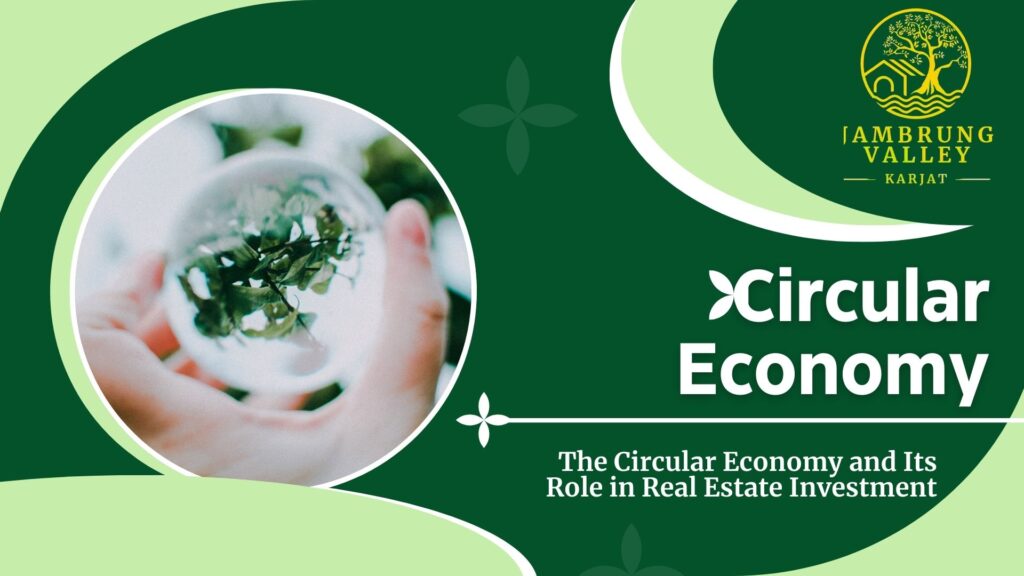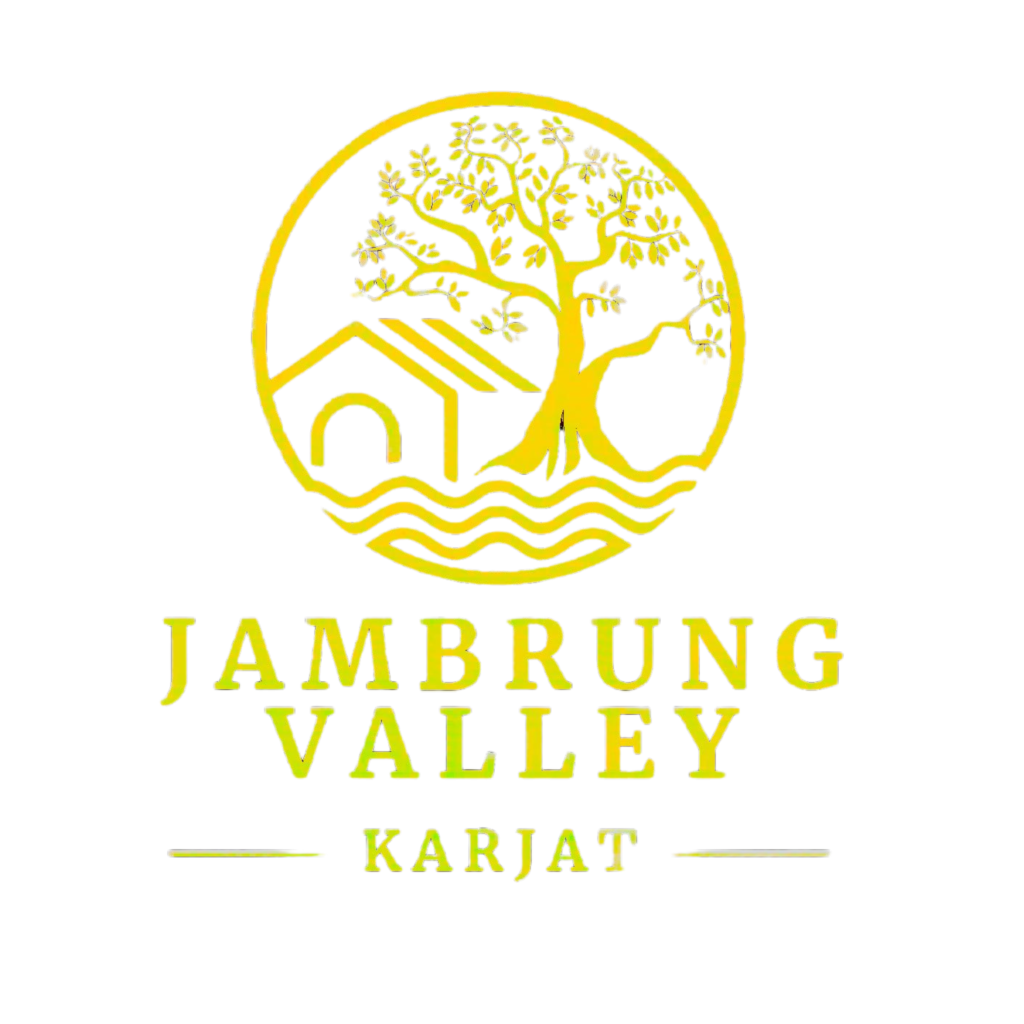
The Circular Economy and Its Role in Real Estate Investment
The concept of a circular economy is rapidly gaining traction across industries, reshaping how resources are utilized, and the real estate sector is no exception. With its focus on sustainability, efficiency, and innovation, the circular economy offers a transformative framework for real estate investment. In this article, we explore how this paradigm impacts the real estate market, enhances value, and ensures long-term benefits for investors.
Understanding the Circular Economy
At its core, the circular economy prioritizes the reuse, repair, and recycling of materials to minimize waste and extend resource life cycles. Unlike the traditional linear economy, which follows a “take, make, dispose” model, the circular approach emphasizes sustainability and regenerative practices. This ideology fosters resource efficiency, reduces carbon footprints, and supports environmental preservation.
Circular Economy Principles in Real Estate
The real estate industry, being resource-intensive, aligns naturally with the principles of the circular economy. Key areas where these principles come into play include:
1. Sustainable Construction Practices
- Recycled Materials: Using recycled or reclaimed materials in construction reduces dependency on virgin resources, cutting costs and environmental impact. Examples include recycled steel, recycled wood, and recycled concrete.
- Modular Construction: Designing buildings with modular components enables easy dismantling, repair, and reassembly, extending the lifespan of building materials.
- Energy-Efficient Systems: Implementing green technologies like solar panels, energy-efficient HVAC systems, and smart grids aligns with circular goals by reducing energy waste.
2. Adaptive Reuse of Properties
- Converting underutilized properties, such as old warehouses or factories, into modern office spaces or residential complexes reduces the need for new construction while preserving historical and cultural integrity.
- Adaptive reuse also reduces urban sprawl, conserving land and fostering compact, sustainable urban development.
3. Smart Design for Longevity
- Designing buildings with longevity in mind involves using durable materials, incorporating flexible layouts, and adopting innovative technologies that extend the building’s functional lifespan.
- Smart designs also consider end-of-life strategies, making it easier to recycle or repurpose materials when a structure reaches obsolescence.
Economic Advantages of a Circular Economy in Real Estate
Embracing a circular economy offers tangible economic benefits for investors and stakeholders, such as:
1. Cost Efficiency
- Using recycled materials and energy-efficient systems reduces initial construction costs and operational expenses, increasing profit margins.
2. Enhanced Asset Value
- Properties developed with circular economy principles often have higher market value due to their sustainability credentials, attracting environmentally conscious buyers and tenants.
3. Reduced Regulatory Risks
- With increasing environmental regulations, circular economy practices ensure compliance, reducing risks of legal penalties and fostering a positive brand image.
Environmental Impact and Circular Real Estate
Circular real estate significantly contributes to environmental conservation. Some notable impacts include:
1. Lower Carbon Emissions
- Reducing the reliance on virgin materials and implementing energy-efficient systems helps minimize the carbon footprint of real estate projects.
2. Waste Reduction
- Reusing construction waste and ensuring proper recycling methods reduce landfill contributions, making real estate projects more sustainable.
3. Biodiversity Preservation
- Sustainable urban planning and minimal land use disruption ensure ecosystems and biodiversity are protected.
Technological Innovations Driving Circular Real Estate
Technology plays a pivotal role in implementing circular economy principles in real estate. Key innovations include:
1. Building Information Modeling (BIM)
- BIM facilitates efficient resource planning and waste reduction by providing detailed insights into material usage, building design, and lifecycle management.
2. IoT and Smart Systems
- Internet of Things (IoT) devices enable real-time monitoring of energy consumption, water usage, and waste management, promoting resource efficiency.
3. Blockchain for Transparency
- Blockchain technology enhances transparency in material sourcing and ensures adherence to sustainability standards across the supply chain.
Challenges in Implementing Circular Economy in Real Estate
Despite its potential, adopting a circular economy in real estate comes with challenges:
- High Initial Costs: While long-term savings are significant, initial investments in sustainable technologies and materials can be prohibitive.
- Regulatory Barriers: Lack of uniform regulations across regions complicates the implementation of circular economy practices.
- Stakeholder Resistance: Convincing traditional investors and developers to adopt new models requires substantial effort and evidence of long-term benefits.
The Future of Circular Economy in Real Estate Investment
The integration of circular economy principles in real estate is poised to redefine the industry. Governments, investors, and developers are increasingly recognizing the value of sustainability, resulting in:
- Growing adoption of green certifications like LEED and BREEAM.
- Increased demand for eco-friendly properties among buyers and tenants.
- A shift in investor focus toward long-term value over short-term gains.
The Role of Jambrung Valley in Circular Real Estate
As we look to the future of real estate investment, regions like Jambrung Valley exemplify the possibilities of integrating circular economy principles into real estate. Situated in the serene environment of Karjat, Jambrung Valley offers sustainable living options, blending natural beauty with modern amenities. This destination is ideal for investors seeking eco-friendly villas that align with circular economy practices.
For those interested in combining investment with sustainability, Jambrung Valley is the perfect starting point in embracing the future of real estate.



